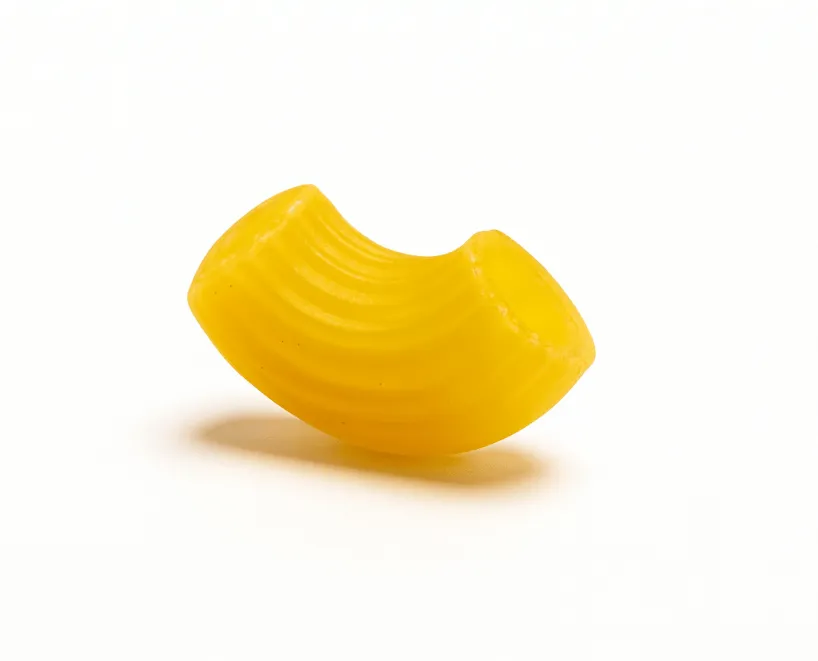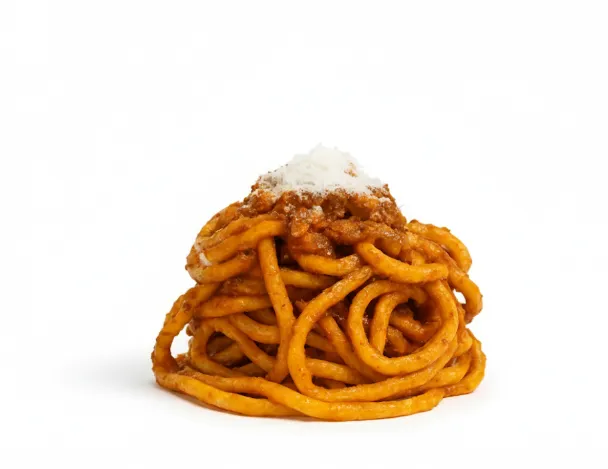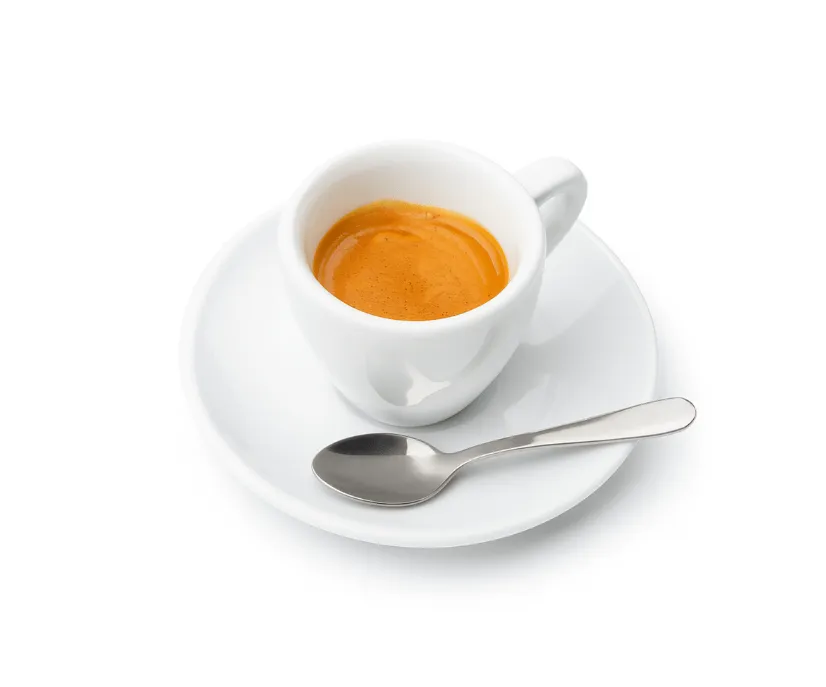 Thank you
Thank you
Lesson five


After greeting someone in Italian, the next natural step is to ask how they are. In this lesson, you’ll learn the different ways to ask How are you? and how to respond appropriately in both formal and informal situations.
The most common ways to ask How are you? are:
Come stai?
This is the informal way to ask someone how they’re doing. Use it with friends, family, or people you know well.
Come sta?
This is the formal version, used when speaking to someone you want to show respect to, such as a stranger, an elder, or someone in a professional setting.
Come means how.
Stai and sta are forms of the verb stare, which means to stay but is also commonly used to express how someone feels.
Here are the most common ways to reply to Come stai? or Come sta?:
Bene
Good
Tutto bene
Everything’s good
Sto bene
I’m good
You can also use less common but still widely understood expressions:
Alla grande
Great / Awesome
Non c’è male
Not bad
Tutto a posto
Everything’s in order
If you're not feeling great, you might say:
Insomma
Not so well / So-so
Così così
So-so
Non molto bene
Not very well
Male
Bad
Sto male
I feel bad / I’m unwell
Ciao, come stai? Bene, grazie. E tu? Insomma, oggi non sto molto bene.
Hi, how are you? Good, thanks. And you? Not so well, today I’m not feeling very good.
Salve, come sta oggi, signor Ricci? Sto bene, grazie. E lei? Sto bene anche io.
Hello, how are you today, Mr. Ricci? I’m fine, thank you. And you? I’m fine as well.
Here are some other frequently used, often more casual, ways to ask how someone is doing:
Come va?
How’s it going?
Tutto bene?
Everything okay?
Tutto a posto?
Everything alright?
These are informal but very commonly used in everyday conversations.
If you want to ask how someone else is doing, use the formal form of the verb:
Ciao Marco, tutto bene? Come sta tua madre?
Hi Marco, how are you? How is your mother?
Lei sta bene, grazie. E tu?
She’s fine, thank you. And you?
Io sto bene, grazie.
I’m fine, thank you.
 Thank you
Thank you
Lesson five
 What is your name
What is your name
Lesson six
 Noun
Noun
Lesson seven
 Articles
Articles
Lesson eight
 Personal pronouns
Personal pronouns
Lesson nine
 To be
To be
Lesson ten